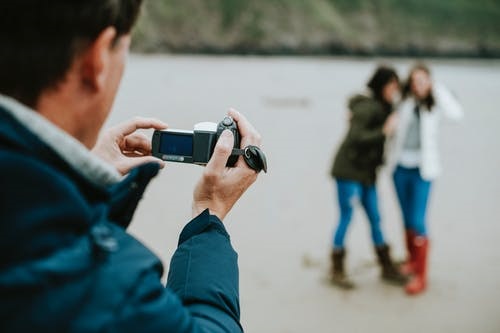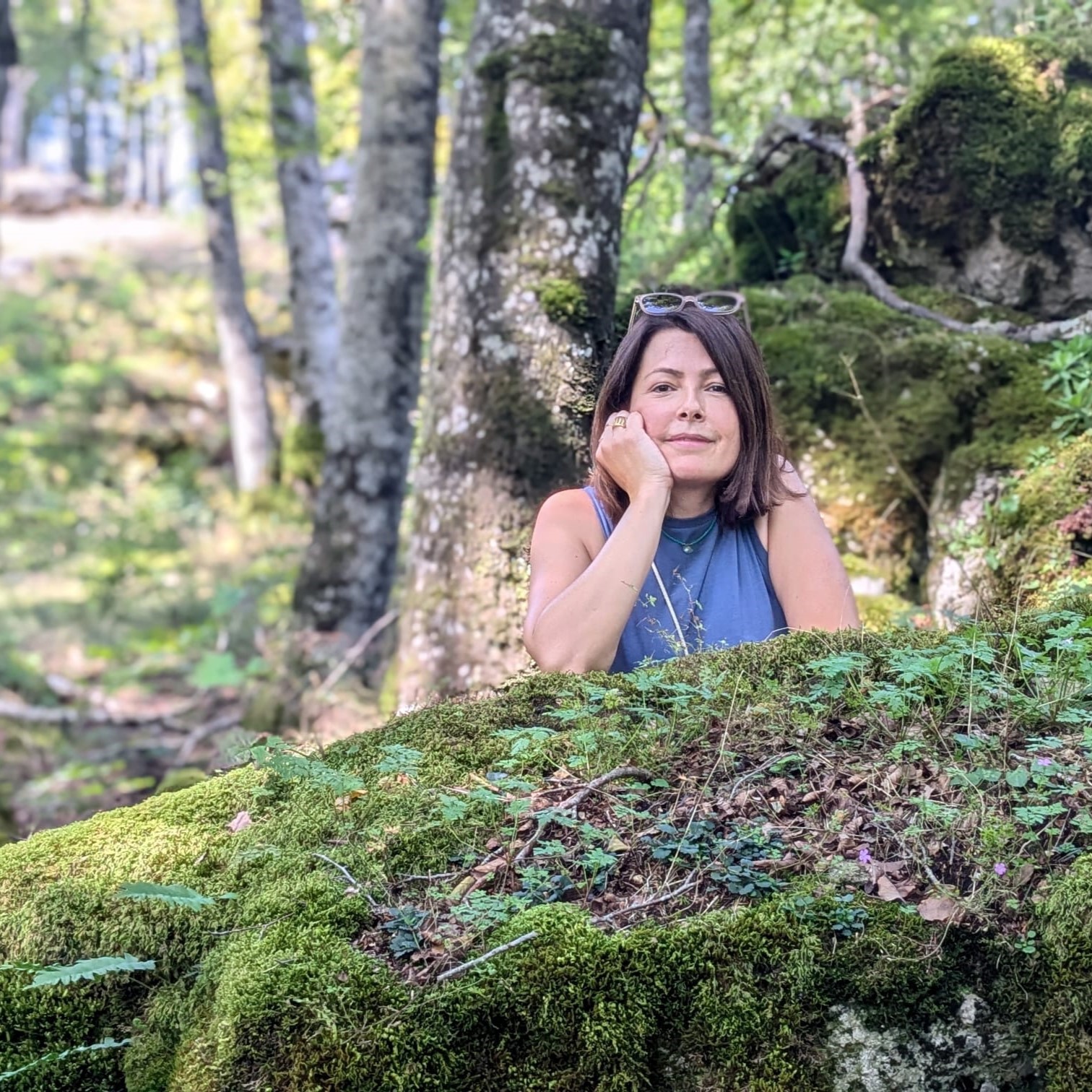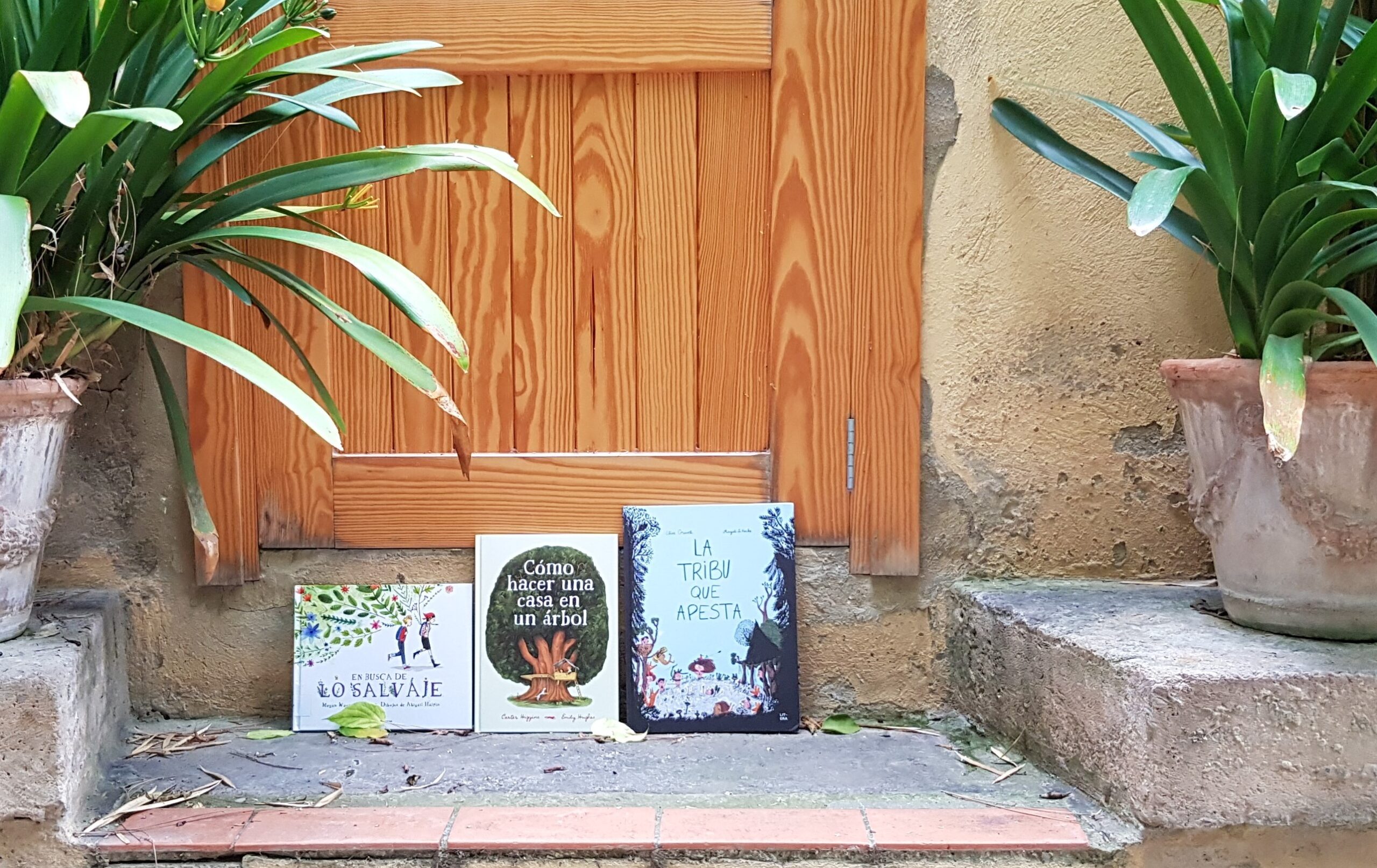Carmelo Maria Musarella: “If people receive environmental education during primary and secondary school, an understanding of nature sinks in, it sticks with themfor life”
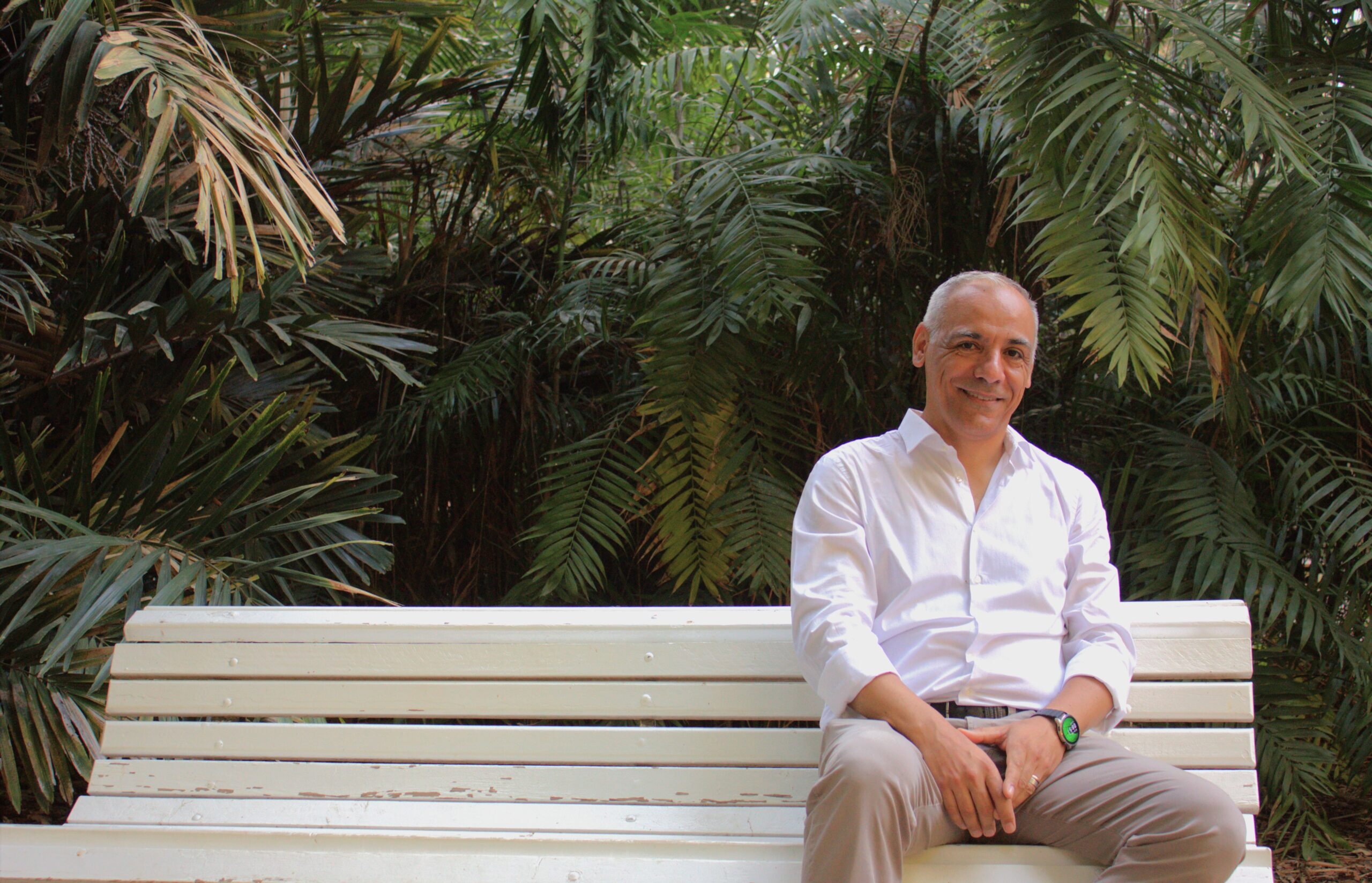
This summer we share a few weeks with a researcher from the University of Reggio Calabria, Italy, who has a shared history with our JardíBotànicthat goes back more than 20 years. Carmelo Maria Musarella’s voice brightens up when he talks about his job, which brings him into the fields of conservation, floristic research and ethnobotany, among other plant-related fields. He loves what he does, which is why, fresh out of college, he came to Valenciaon a scholarship,where, in the Jardí, he gotan intense work experience inall the different departments, as well asan overall picture of a Botanic Garden in all its scope.That marked the beginning of his career, andyears later, now that he’s back through an exchange programme, we take this opportunity so that he can tell us about his story, where it has led him and many more topics. Because Carmello likes to talk, and we likelistening to him.
Tell us what you’re doing in Valencia
I’vecome through an exchange within the Erasmus programme, an Erasmus foruniversity staff. There are two kinds:teaching, for giving classes, and training, for improving work techniques. I’m doing the latter, and I chose July because I don’t have classes.
But this is not your first time at our Jardí. It’s been 20 years since your experience here. What memories do you keep from that time?
Saying it was lovely is an understatement. I worked for a year, collaborating with a lot of people, almost everyone here, many of which are still my friends. For example, Olga Ibáñez and Maria José Carrau. I started my work with them in the didactics office and this was very important because they helped me from the beginning to fit into the Botanical Garden, getting to know more and more people and their work every day, and to learn the language.I came when I finished the degree, through the former director Manuel Costa, to learn everything there was to know about plant biology, and there was no better way than an immersion in the Jardí. Although this wasn’t new for me because I grew,academically speaking, in the Botanic Garden of Messina. Here, I kept up with tasks I had previously done, in areas like the herbarium or teaching, andworked on new ones, such as the seed bank. My experience here helped me start the PhD, since I had a rather theoretical perspectivebefore and it was a year of practical experience. It became the first step in my university path.
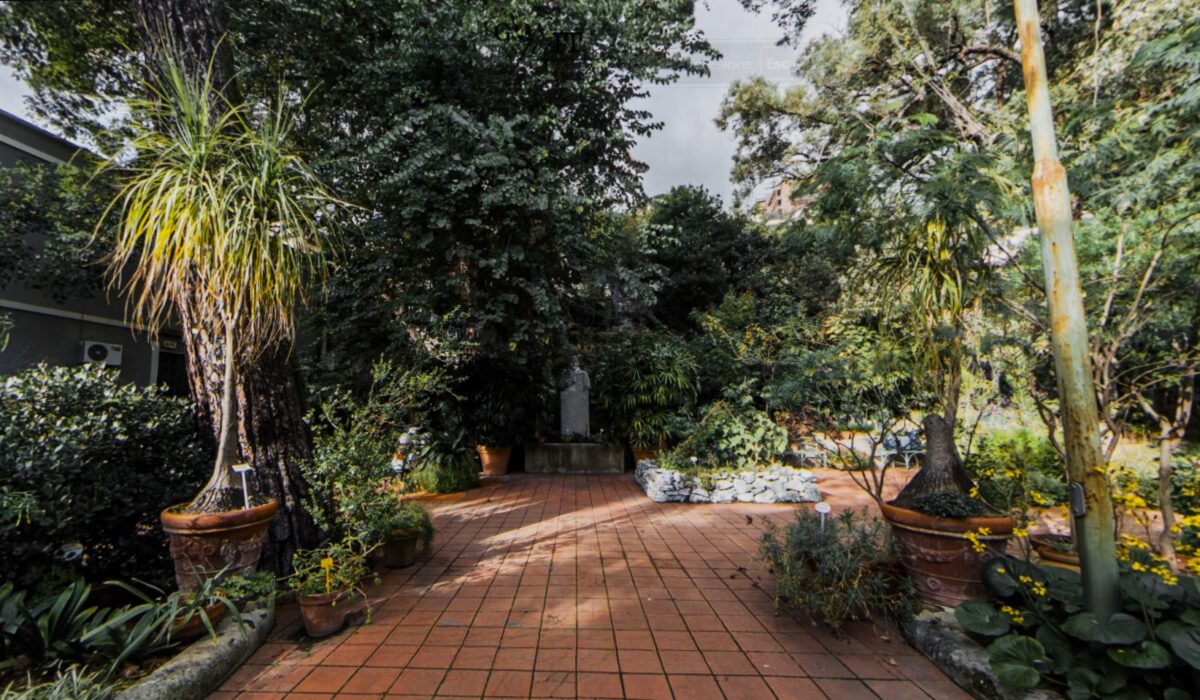
You said you’re still attached to our Jardí through some people. Who do you keep in touch with?
I keep many friends. Workwise I’ve contacted Jesús Riera, the herbarium curator,many times when I needed to consult or exchangespecimens. I’ve also visited in person the herbarium a few times and we went on field trips. A spirit of friendship and cooperation remained since 2003, when I left. And though it’s been a long time—no less than 20 years—it seems like yesterday, like I’ve only taken a vacation.
But you haven’t been on vacation all this time, far from it. Explain your field of research
My primary field of research is flora and vegetation—in fact, I had already done vegetation inventories with Pilar Soriano in Valencia. In Italy, I was granted a PhD scholarship onphytogeographyin Catania, and I still hold that interest, because I’ve conducted habitat studies thanks to this knowledge. Every six years, as a Mediterranea university in Reggio Calabria, we monitor the Natura 2000 habitats, and understanding flora and vegetation is key for such studies. Regarding the study of flora, we have two lines of work: native and exotic flora; for instance, in the native line we try to evaluate the level of conservation of some endemic species of our region, south Calabria, and how they’re facing climate change.
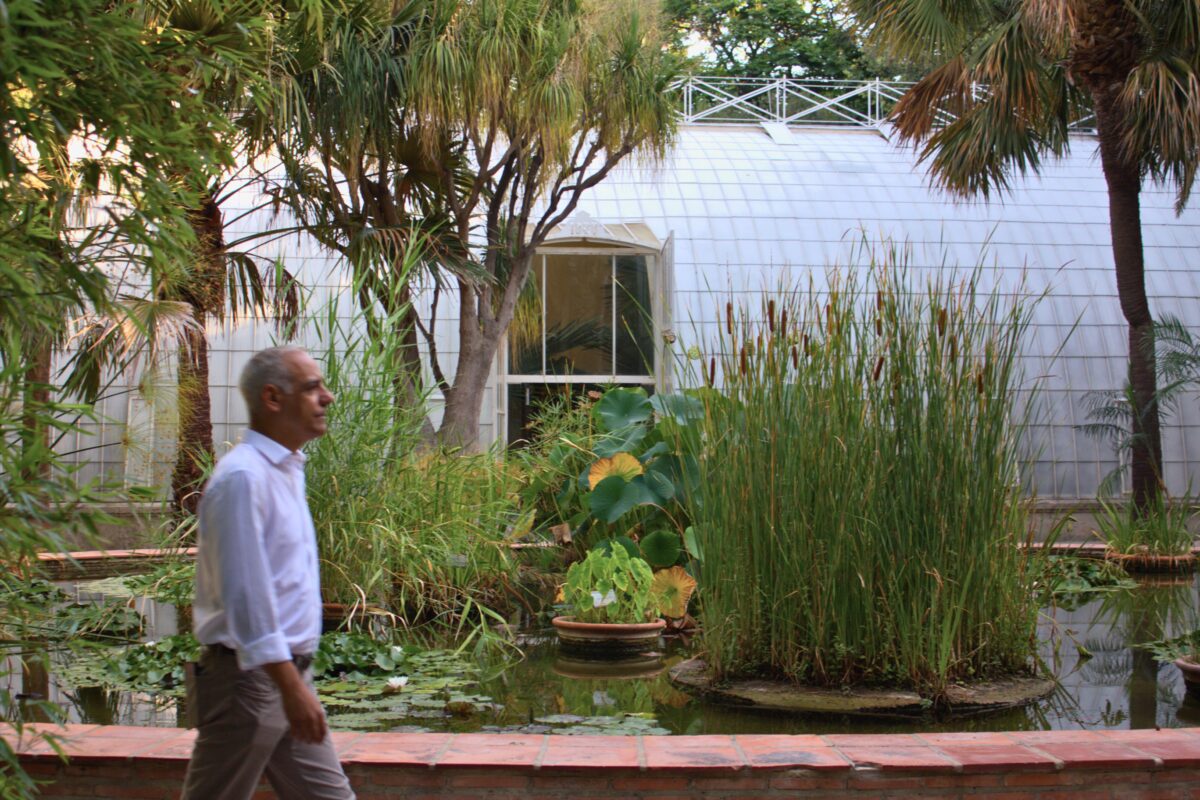
What about exotic flora?
We are particularly interested in invasive flora, which is of the utmostconcerntothe EU and local governments, given that it threatens not only local flora, but also animals because it disrupts habitats. People are unaware of this, since they don’t see an immediate damage. In this case, the effects develop over time, and the scientificcommunity must properly advise governments.
You’re also working on an urban forestry project
Yes, we’ve collaborated with the metropolitan city of Reggio di Calabria. The AGRARIA department where I work and the group in charge of forestry and environmental sciencesare advisors in the urban forestry plans. They were funded at first by the Italian government, and lately the EU is funding treeplanting in Italian metropolitan cities. Every city council informs usabout which areas can be afforested,and then we advise them, planandsometimes draw the models that might be applied, depending on the local conditions regardingclimate, soil, exposition and so on.
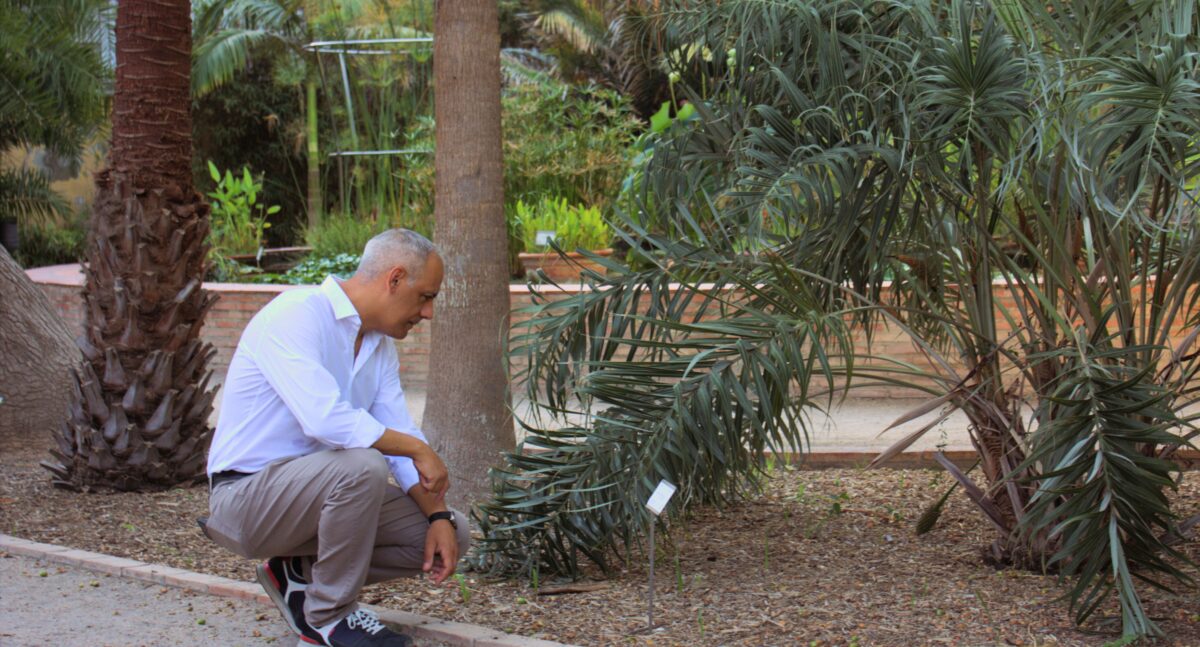
And how does the result of the afforestationlook? Does it seem unnatural?
It’s not a forest in the classic sense, but rather native plants, trees and bushes, laid out avoiding consecutive rows of the same species and age, that will develop a long-term natural form. Thus, 10 or 20 year later, I can look at the result and wonder: is this natural or planted? We use the term “naturaliforme”, which means the final resultmust make people feel like it’s spontaneous. Our team consists of a botanist, a hydraulic engineer, a forestry engineer and a silviculturist, each one with different competences, assisting those who design the final project.
You’ve also mentioned that you work on the ethnobotanic part, recovering the nomenclature of plants in minority languages
We’re talking about the use of plants in local communities and their value for different peoples.No one goes to the countryside to get medicine or food anymore, for different reasons, because they don’t know the plants or because they don’t have time for it. All this knowledge is being lost. We specifically research an area of special interest in our region, the Grecanica area, where they still speak a rare language—meaning it’s only spoken there—which is a blend of ancient Greek and local language. Very few still speak Calabrian Greek, and just as many know how to name plants in this language, not even in Italian.
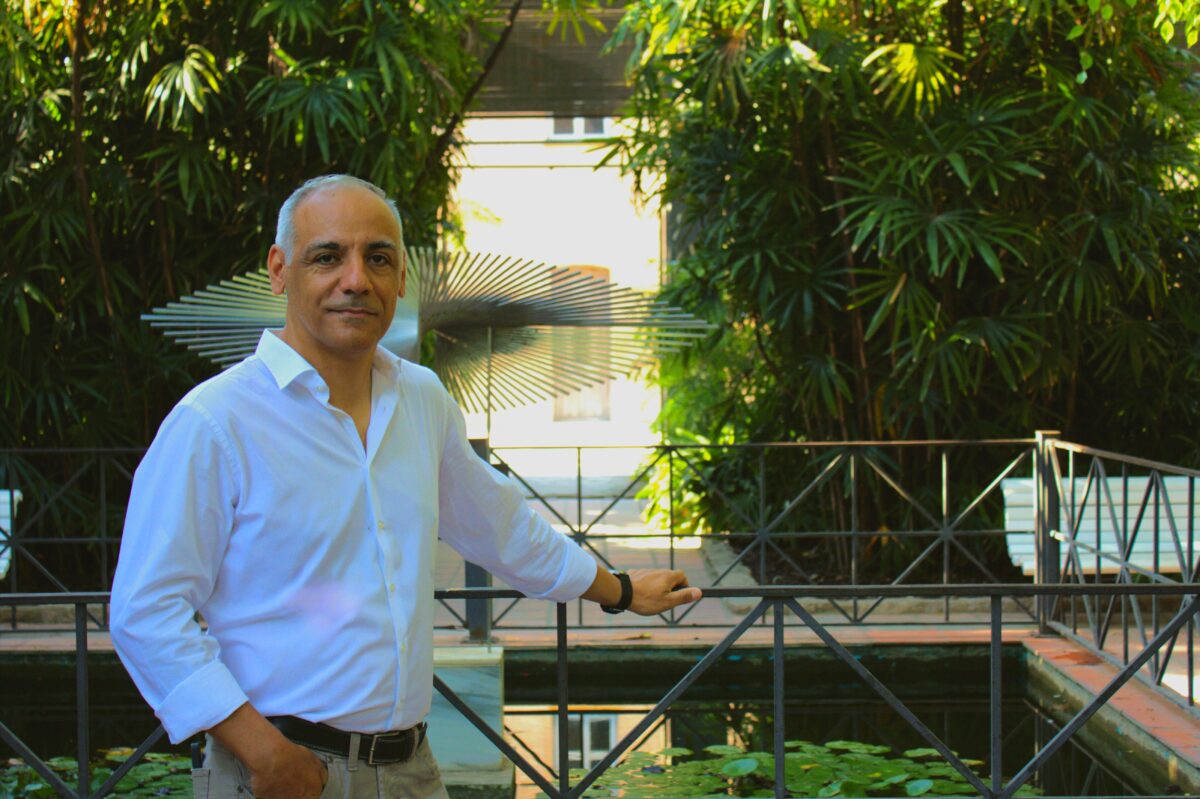
And what’s this project about?
We try to preserve this knowledge, and we collect it by interviewing people. Conservation biology plays a role here because we found out that some of these species are endemic. For that reason, we need to consider if people still harness it as a resource. If they don’t, we try to preserve any knowledge left about it, and if they do, since some plants are threatened with extinction, we consider an approach that supports the development of thelocal economy. We research which plants arebeing used, how much and to what end.
This means thatthe project ends up having a direct practical application
Of course, the same company that’s helping us now voluntarily could be the pilot company that cultivates and distributes the plant, getting resources for its own benefit and for the benefit of the people working in it, the locals.
You work with many different people, how important are interdisciplinary groups in your work?
They’re indispensable. Not only because Italian law supports and funds projects of this kind, but also because it would be an impossible task for me, for example, a “mere” botanist. Though I may know the relationships between plants in different habitats, I don’t know how to plant them, that’s not my job. I know their state in nature, but not how to take care of them, grow them or control the soil. That’s why everyone, in their competences, has a part to play.
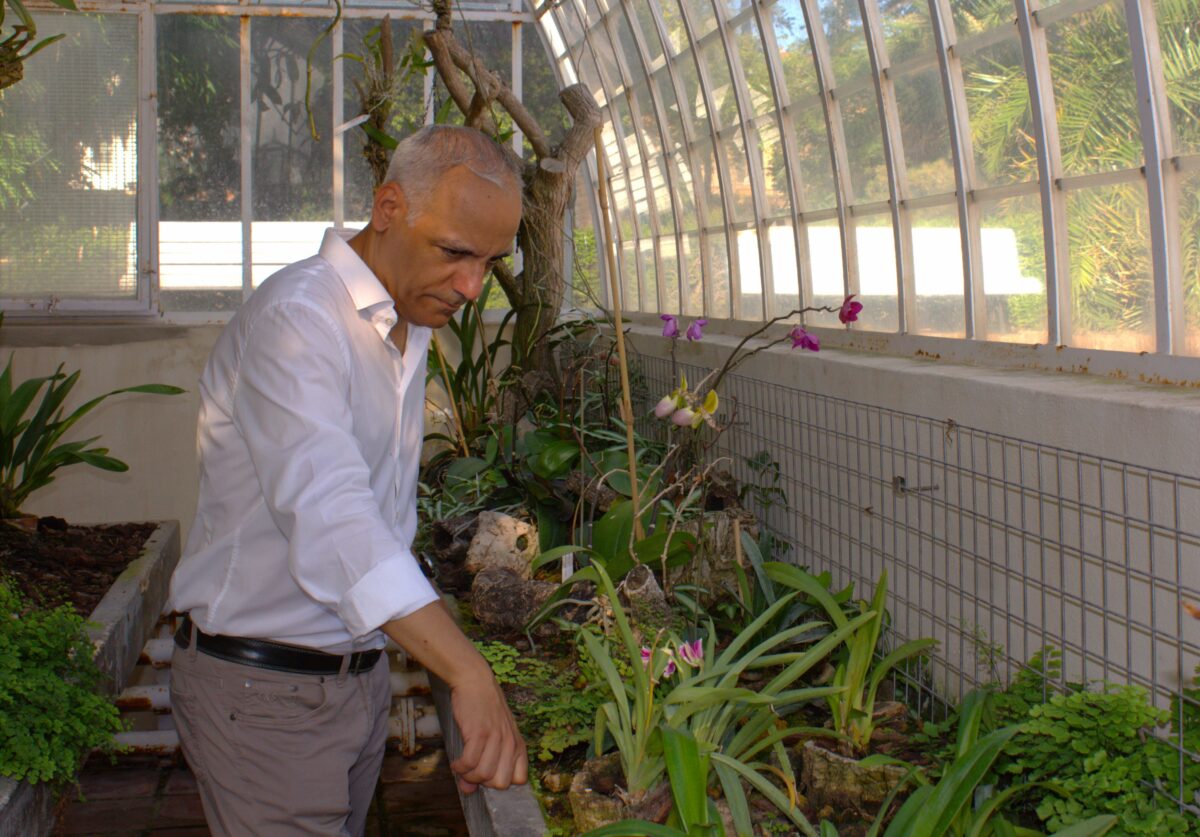
So you can no longer imagine a team without all of these contributions
I’ve never agreed when other professionals did it all by themselves, I’m sorry but I don’t think that’s the way to go. If you are, for instance, a project supervisor, you can’t tell me which plants we must grow; you might know what someone from a garden centre told you, but that has nothing to do with an urban reforestation project. You could even compromise projects like building a square, because imagine you plant exotic grasses from the southern hemisphere, that bloom twice a year here and multiply their allergenic effect. People would then have allergies not only in spring, but also in autumn.
Do you think it’s hard for common people to understand the application of botany outside of fields like, for example, agriculture and medicine?
It’s quite difficult for older people, it should be explained from an early age. This is crucial and I’m very sureabout that because I’ve also worked in education,so I know that’s the only way for people to understand how important plants are. I was a teaching instructor in the Botanical Garden of Messina,and kids picked it up right away. When you’re an adult, you don’t learn something just because I tell you so, you can view things from a different perspective than mine, and it doesn’t mean I possess the truth, but, from an environmental standpoint, I have a say. If people receive environmental education during primary and secondary school, an understanding of nature sinks in, it sticks with them for life. We’re not all going to become botanists, but we must have the foundation to say: yes, I understand what you’re explaining.
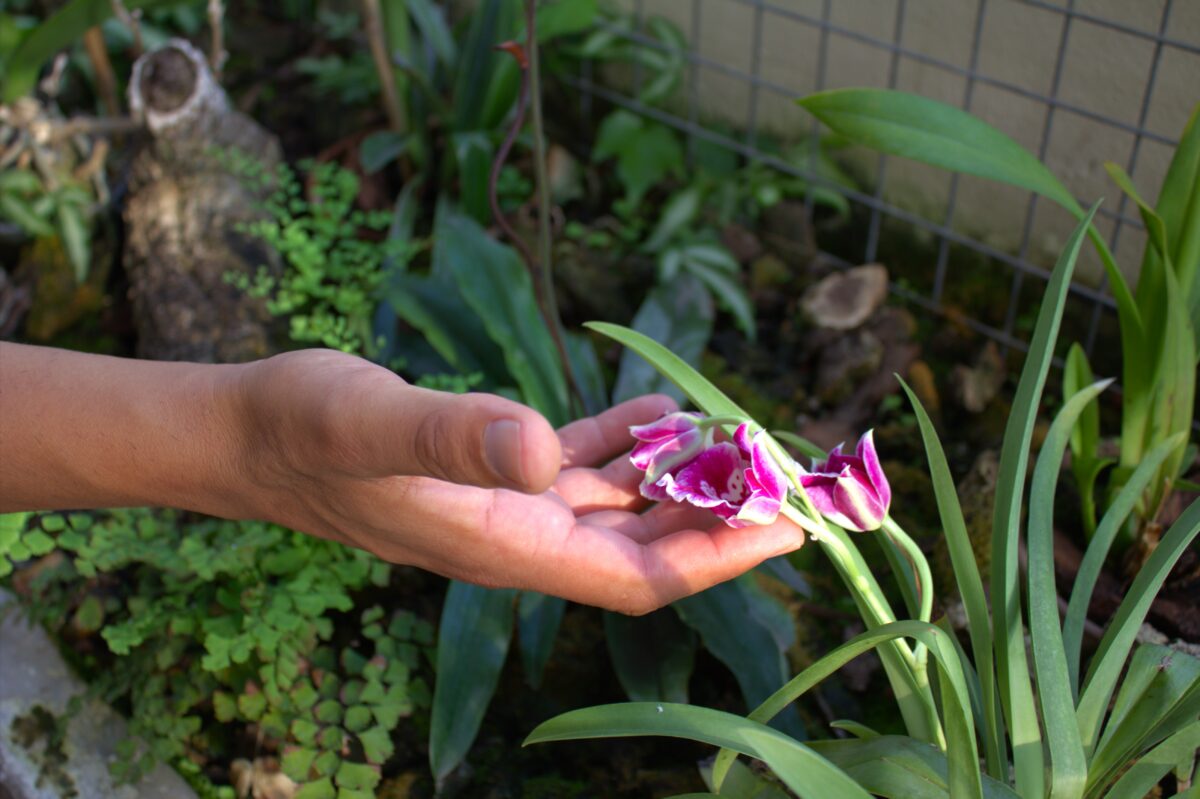
Following the thread of education, you work at a university and this is a university botanical garden. Do you think universities, at least in your country, build enough bridgeswith society? Do you feel they’re in touch with the reality around them?
In my field, which is highly applied, it’s easier for me to connect with people from cities and villages; thisscenario has nothing to do with a scientist who spends all day in the lab with DNA. In my experience, I must say my university is pretty mindful about this, and we have an advantage: we are a small university inside the city, so it’s easier for us to be close to it. We have many connections with schools as well. I believe universities should follow this path, we call it the “third mission”. Our missions are: research, teaching and, thirdly, spreading the knowledge we produce. This is a major pillar for us, our rector, Prof. Giuseppe Zimbalatti is permanently asking us to pay attention to the city and our surroundings.
Speaking of cities, we’ve talked about your tree-planting project and you know Valencia is this year’s European Green Capital. Which steps are cities taking towards mitigating the effects of the climate emergency, and where do they seem stuck?
Precisely because of the urban forestry project I see that, in general, cities care more about renovating apartments to make them energy efficient or installing solar panels. I think that’s great, but that shouldn’t be all. I believe trees are important, and that’s one of the reasons why the EU has considered it is urgent to plant them in cities. Italian metropolitan cities are working on it.
On the other hand, it’s scary how some voluntary actions, though well-intentioned, might end up being dangerous. For instance, you can’t plant trees wherever,nor any kind of tree you like. Or those who want to throw seed bombs shouldn’tdo it because, even though they are beautiful plants with flowers, that’sfixing something…
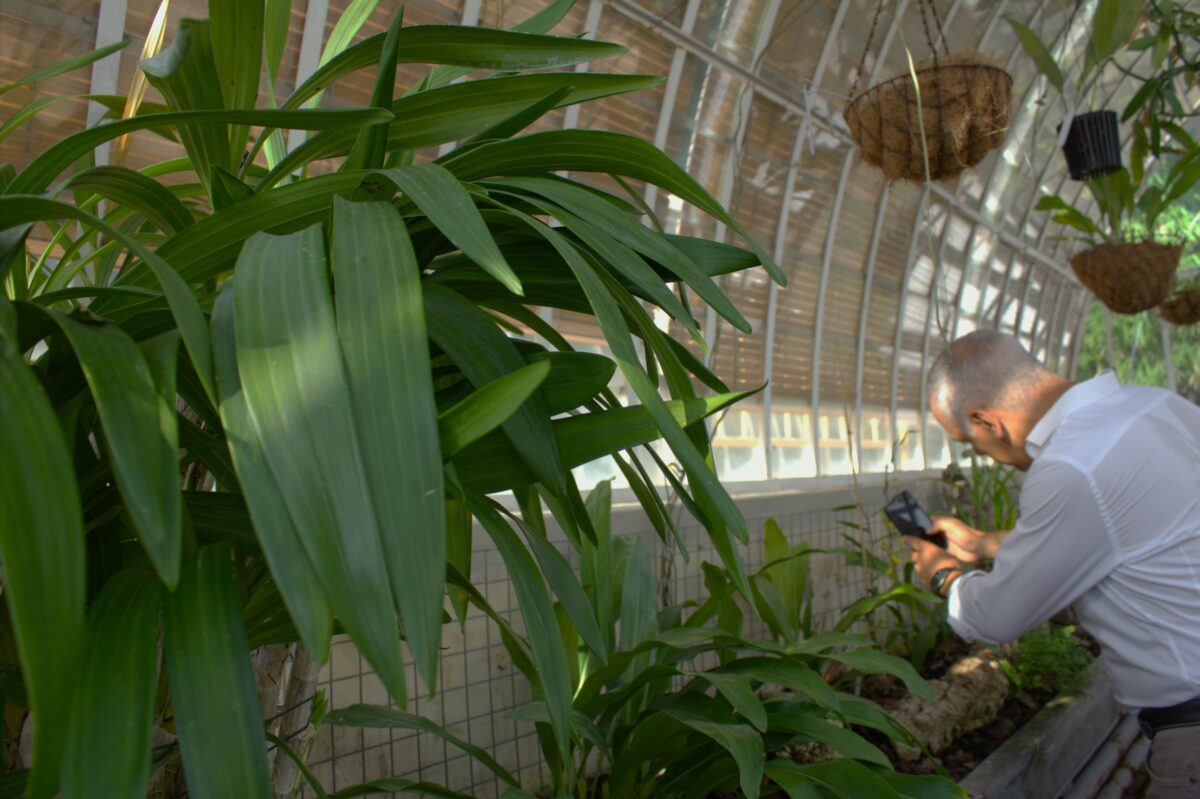
While unfixing another
Exactly. That entails a huge expense of money, which doesn’t help. They need someone to advise them. Do you want to throw seed bombs? Fine, we’ll let you, but we’ll tell you which seeds and where. There’s a sentence we always say in our work team: the right tree in the right place; and I always add a third part: at the right time. In short, I’m glad these actions exist because they come from thelove for the environment, from awareness, but that doesn’t mean they’ll always be helpful.
Tell me about the term “degrowth”, which isalready prominent in the environmental debate. What do you think about this concept? It used to be seen in a negative light, but it’s currentlytaking on new nuances that make it less scary and allow us to reverse already established processes
I haven’t heard much of it, at least in Italy, but the word says it all. While you were talking, I was imagining a child growing onlyin height. Is that growth? I believe there must be a balanced growth. There’s a saying in Latin, in medio stat virtus. The way I understand it,there are moments for progressivism, and moments for conservatism. Depending on the time period, people, place, social reasons, different choices have to be made.
We live in an era where no one has time, even less for environmental philosophy, and when we need to talk about a very serious and concerning issue like this,we have plenty to discuss, and we have toget it right. The most helpful people are those who are the most knowledgeable. Degrowth must be balanced. How? That would be a different interview and I’m not sure I’m the right person to talk about this.
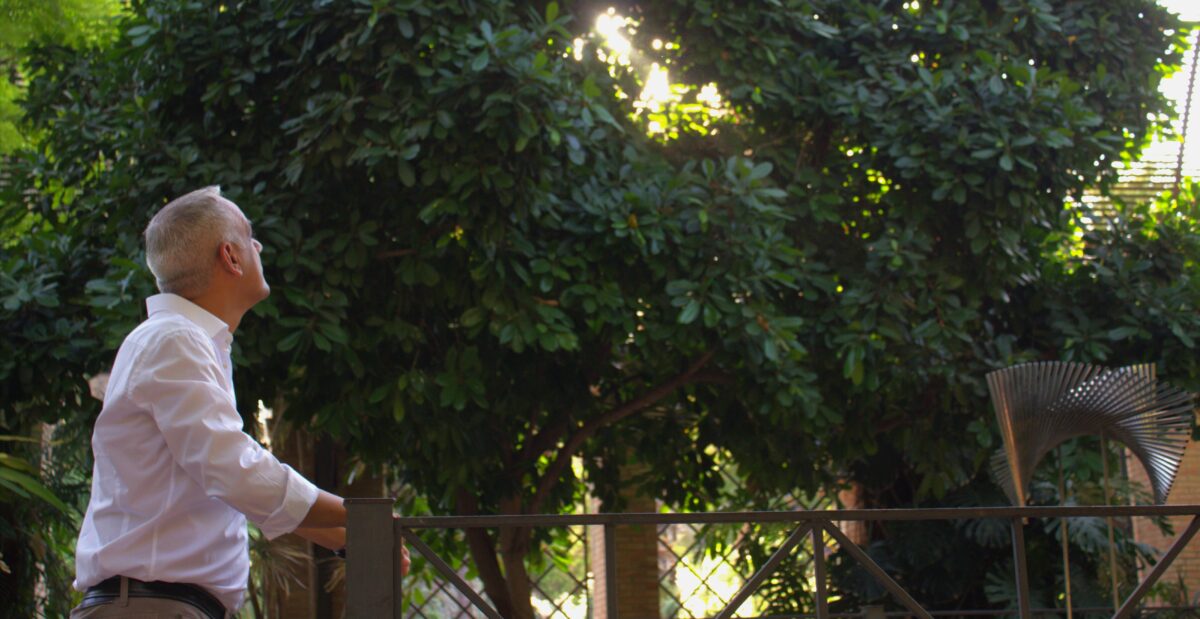
You’ve already given it a lot of thought!
If I had to bring out a quick thought it would be that, if everyone did their bit, did it well, and didn’t take more than what they need, we wouldn’t have to worry about this, for sure. Balance and honesty.
You have two kids. How do you explain to them what’s going on with the environment? How do you bring that up at home?
Theory is easy. Practice doesn’t work as well sometimes. I like the Spanish verb “enseñar”, which has two different translations: “to teach” (“insegnare”in Italian) and also“to show” (“tifacciovedere”). It’s a beautiful verb because, in order to teach you, I have to show you, I like both meanings or senses. For instance, I wasn’t sure if we should teach kids about waste disposal, perhaps they wouldn’t understand it. In the end, I never explained anything, they saw how I did it. I’m telling you this because sometimes—almost every time— with kids, especially the younger ones, you shouldn’t act too much as a teacher, but rather “enseñar” in the “teach-show” double meaning that I mentioned, without worrying about them learning too slowly or not learning at all, because every child has their learning time.
We would call that “practice what you preach”
I feel the mostuseful word here is coherence. If you’re coherent with the few things you tell them, rather than saying this or that is better, make them see it, hear it, and if you’re coherent, you needn’t do anything else.
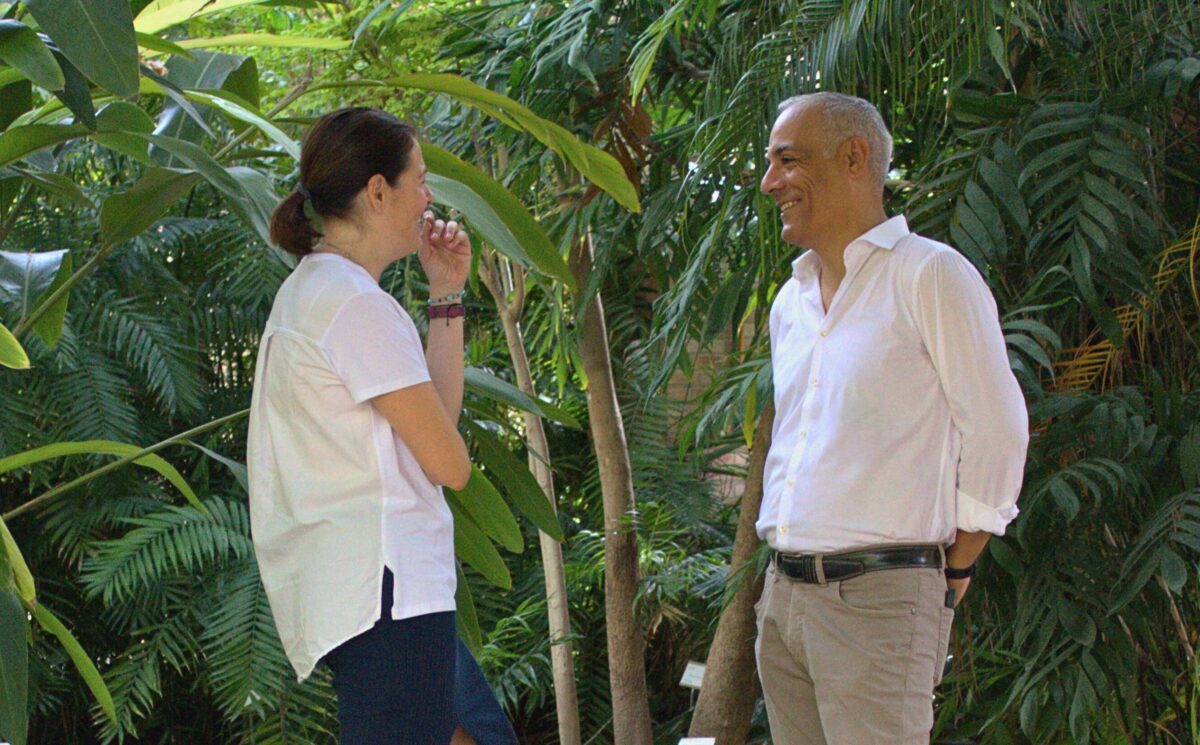
What advice would you give to someone who would like to pursue a career in botany? In your experience, do you think it’s worth it to aim their futurein that direction?
I’d tell them my story, not because they should follow my steps, but as a piece of advice. I liked biology in high school, especially zoology, but it was also a time wheremuch was talked about the environment, the ongoing crisis, that everything was wrong, so I considered in which career I could help the environment, not only enjoy it. I chose biology. Everything started out in quite general terms, and then,back in the dayin Italy,we had to choose which direction to take during the fourth year. I had already fallen in love with botany.
What I’d ask any youngster is if they really like it. It’s like a girlfriend, in a way. (He smiles) Do you like her because she’s pretty or because while you’re eating you can’t stop thinking about her? If you’re eating and all you can think about is going for a walk in the countryside, that’s a sign that you like nature enough, so you should do what you like, even if they tell you there won’t be many job opportunities. People used to ask me what I was supposed to do as a biologist. Clinical analysis? Better to become an engineer. I don’t know anyunemployed engineer.
That’s true!
But I just don’t like it, and if I work in something I dislike, I don’t think I’ll do a very good job. I don’t know if I did the right thing. Perhaps, if I had been an engineer, I would’ve finished the degree at 25, I would’ve been working and would’vehad a tenure for who knows how long. But I did what I liked, and I think I’m doing a good job. At least no one tells me I’m doing a bad job, so that’s something. If you choose what you want to do, you’ll do fine. And though there will becrisis, like in every aspect of your life, you’ll keep at it because you enjoy it, and that’llmake you growbit by bit.
In short, you didn’t become an engineer
No, eventually I didn’t.
What’s your favourite Botanic Garden? You can’t pickthis one
Not counting this one?
This one doesn’t count
I have a great fondness for gardens, I grew up in them. The first one is the Botanic Garden of Messina, I studied there during the undergraduate degree and later worked there as an instructor. I keep in touch with the head gardener, and the workers that once were my teachers are now my colleagues. It’s my first botanical home. And the second one I’ve worked on—well, the third one after Valencia—is the Botanic Garden of Catania, which was the base of my study and work for my PhD on the flora and vegetation of Greece.
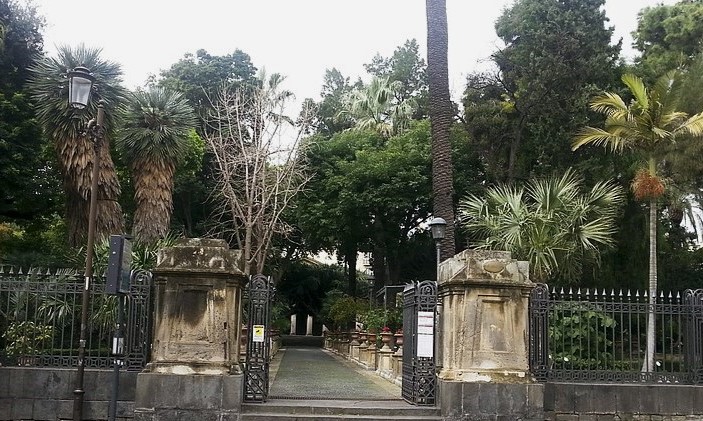
Let’s conclude with a natural space you would like to visit but haven’t been to yet
A place I almost got to visitas part of an international project is the Amazon. It’s a place that, while completely real, is mythical, and I think anyone who works in nature would like to see that paradise so intense in biodiversity. One cannot imagine. Taking the density of living beings per square metre, I’d have to be there in order to study or even understand it. That would be the place.
Well, then. That’d be 52 minutes of interview!
I talk a lot, right? I talk too much!



